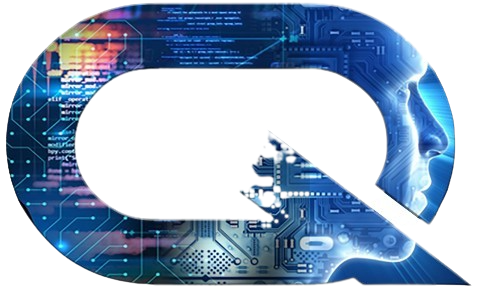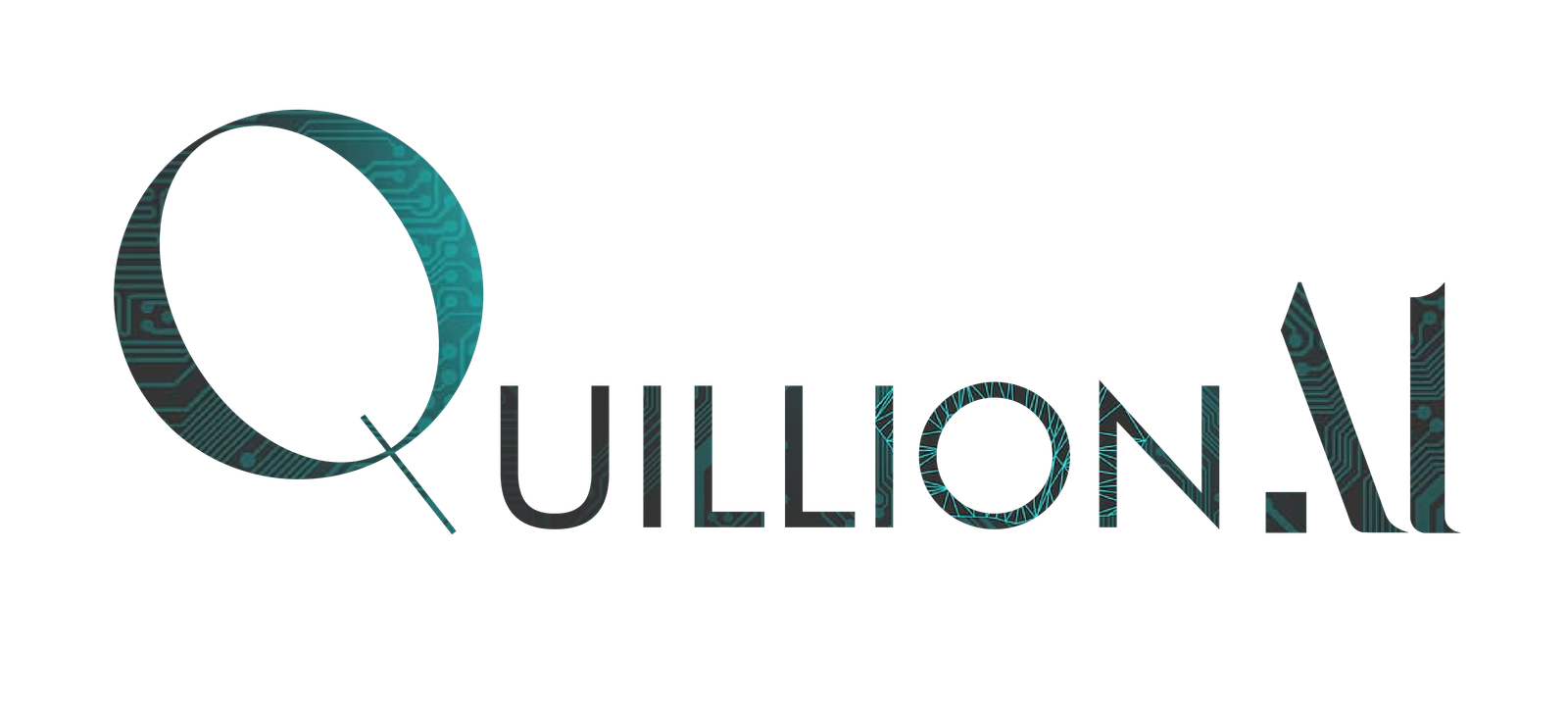In the digital age, data-driven decision-making has become pivotal for governments worldwide. Governments face the colossal task of serving their citizens efficiently, effectively, and transparently. In this endeavor, Artificial Intelligence (AI) emerges as a transformative force, enabling governments to streamline operations, enhance citizen services, and make informed policy decisions. This document explores the significance of enabling AI for government agencies and the various ways in which it can reshape public administration.
The Imperative of AI in Government
1. Enhancing Efficiency
Government agencies are often plagued by bureaucracy and inefficiencies that lead to delayed services and high operational costs. AI can optimize processes, automating routine tasks, and data analysis, allowing employees to focus on more strategic and high-value tasks. For instance, chatbots can handle citizen inquiries, freeing up human resources for complex inquiries.
2. Data-Driven Decision-Making
Informed policymaking is essential for effective governance. AI can analyze vast datasets to identify trends, predict future needs, and assess policy impact. It can help governments understand societal needs better and allocate resources accordingly. By leveraging AI-driven analytics, governments can be proactive rather than reactive in addressing public issues.
3. Improving Citizen Services
Citizen expectations have evolved in the digital age. Citizens demand services that are accessible, personalized, and available 24/7. AI can power virtual assistants, predictive services, and personalized recommendations to provide citizens with a more seamless and responsive experience when interacting with government agencies.
Key Use Cases for AI in Government
4. Fraud Detection and Prevention
Government programs often fall victim to fraud and abuse, resulting in significant financial losses. AI can help in real-time fraud detection by analyzing transactional data and identifying suspicious patterns. This can save taxpayers’ money and ensure that government programs are benefiting those who truly need them.
5. Predictive Policing
Public safety is a top priority for governments. AI-powered predictive policing can help law enforcement agencies allocate resources more effectively by identifying high-risk areas and potential crime hotspots. This proactive approach can lead to reduced crime rates and improved community safety.
6. Healthcare Management
The healthcare sector is a significant part of government responsibilities. AI can assist in managing healthcare resources efficiently, predicting disease outbreaks, and even supporting medical professionals in diagnosing and treating patients. Telemedicine, powered by AI, can also improve access to healthcare services, especially in remote areas.
Challenges and Considerations
7. Data Privacy and Security
One of the foremost concerns in deploying AI in government is ensuring the privacy and security of citizen data. Governments must establish robust data protection measures and comply with relevant regulations to build and maintain public trust.
8. Bias and Fairness
AI algorithms can inherit biases present in training data. In the context of government, biased decisions can lead to unjust outcomes. It is crucial for governments to invest in research and development to minimize algorithmic bias and ensure fair and equitable AI systems.
9. Skill Gap
Implementing AI in government agencies requires a skilled workforce capable of developing, deploying, and maintaining AI systems. Governments need to invest in training programs to bridge the skill gap and build an AI-ready workforce.
Enabling AI Adoption in Government
10. Data Infrastructure
A robust data infrastructure is the foundation of AI adoption in government. Governments must invest in data collection, storage, and management systems to ensure data availability and quality. This data infrastructure should be scalable and compliant with data privacy regulations.
11. Collaboration and Partnerships
Governments should collaborate with academia, industry, and technology experts to leverage their expertise in AI implementation. Public-private partnerships can facilitate the development of AI solutions tailored to government needs.
12. Regulatory Framework
Establishing a clear regulatory framework is vital to govern AI usage in government. Regulations should address data privacy, security, transparency, and accountability, providing a structured approach to AI adoption.
Real-World Success Stories
13. Estonia: The Digital Government Pioneer
Estonia stands out as a pioneer in digital government services. The country has embraced AI to streamline administrative processes, enabling citizens to access government services online efficiently. Its e-residency program allows people worldwide to become digital residents of Estonia, further showcasing the potential of AI in government.
14. Singapore: AI-Driven Smart City
Singapore has transformed itself into a smart city by leveraging AI technologies. AI is used for traffic management, public safety, and even urban planning. This has resulted in a more sustainable and livable city for its residents.
15. Canada: AI for Improved Healthcare
Canada has embraced AI in healthcare to improve patient outcomes. The Alberta Machine Intelligence Institute (Amii) collaborates with the government to develop AI solutions that assist healthcare professionals in diagnosing and treating diseases more effectively.

